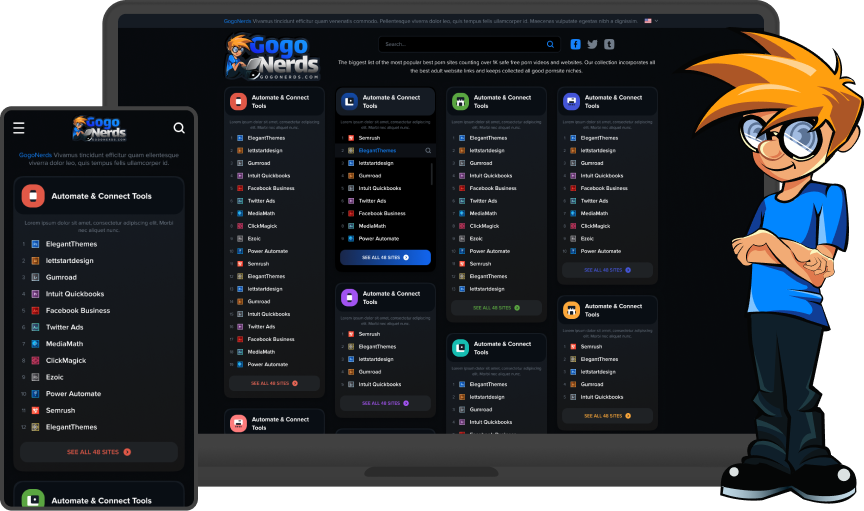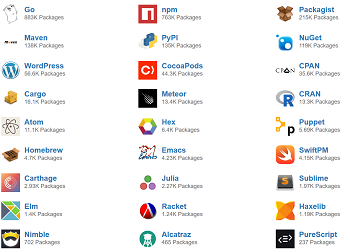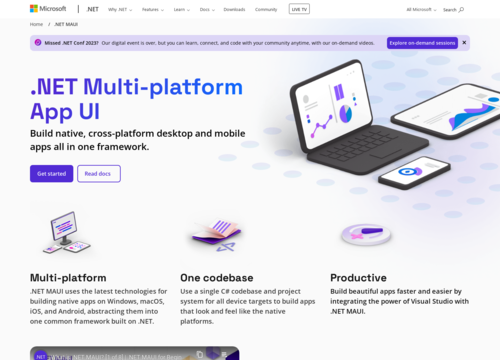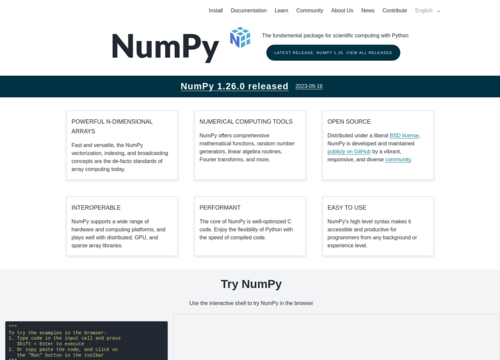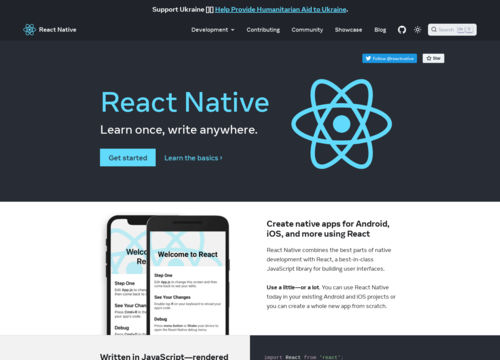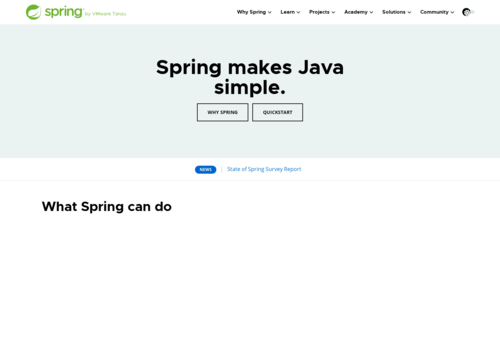Flutter
https://flutter.dev/Flutter
Flutter is an open-source UI software development kit created by Google. It's primarily used for building natively compiled applications for mobile, web, and desktop from a single codebase.
Cross-Platform Development
One of Flutter's main advantages is its ability to develop applications for both Android and iOS platforms simultaneously. This reduces the time and resources needed for app development.
Dart Programming Language
Flutter uses Dart, a language also developed by Google, which is easy to learn, especially for developers with experience in languages like JavaScript or Java. Dart is object-oriented and strongly typed, with a syntax that is familiar to many developers.
Widgets
Flutter's approach to UI design is based on widgets. Everything in a Flutter app is a widget, from a simple text box to a screen or even the app itself. These widgets can be nested inside one another to create complex UIs. Flutter comes with a comprehensive set of pre-designed widgets that follow specific design languages, such as Material Design for Android and Cupertino for iOS.
Hot Reload
One of Flutter's most loved features is hot reload. It allows developers to see the changes they make in the code almost instantly in the app. This makes the development process much faster and more dynamic, as it reduces the need for restarting the app for every small change.
Performance
Flutter applications are compiled to native code, which enhances their performance. This means they run smoothly and fast, comparable to native apps written in Java or Swift/Objective-C.
Community and Ecosystem
Flutter has a rapidly growing community and ecosystem. There's a vast array of plugins and tools available, which makes it easier to add features like camera, GPS, network, storage, and more.
Design Flexibility
Flutter provides a high level of customization. Developers can easily create custom widgets or modify existing ones. This allows for unique app designs, rather than being strictly tied to native components.
Integration and Testing
Flutter offers a rich set of testing features to test apps at unit, widget, and integration levels. This ensures robustness and reliability of the app.
Deployment and Updates
Flutter apps can be easily deployed to multiple platforms. Furthermore, with the use of technologies like CodeMagic, CI/CD (Continuous Integration and Continuous Deployment) processes are streamlined.
State Management
Flutter offers various ways to manage state within an app. State management is crucial for handling data and UI states across the application. Developers can choose from simple local state management options like setState to more sophisticated state management solutions like Provider, Riverpod, Bloc, or Redux. This flexibility allows developers to choose the approach that best fits their app's complexity and their own familiarity with state management patterns.
Accessibility and Internationalization
Flutter emphasizes making apps accessible and international. It includes widgets and tools that help developers build applications that are accessible to a wider range of users, including those with visual or hearing impairments. Also, Flutter simplifies the process of localizing apps into different languages, which is crucial for global reach.
Animation and Graphics
Flutter provides powerful and customizable animation APIs. These APIs allow developers to build complex animations and transitions that can enhance the user experience. Furthermore, the underlying graphics engine, Skia, ensures that UI elements are rendered with high performance and quality, regardless of the platform.
Compatibility with Other Technologies
Flutter can integrate with existing codebases, meaning it's possible to add new Flutter-based modules to existing native applications. This is particularly useful for companies wanting to gradually migrate their apps to Flutter.
Desktop and Web Support
While initially focused on mobile, Flutter has expanded to support web and desktop applications, allowing developers to target macOS, Linux, Windows, and web browsers with the same codebase. This increases the potential reach of applications built with Flutter.
Market Adoption
Flutter has been gaining popularity and is used by many companies for their mobile apps. This widespread adoption is a testament to its reliability and effectiveness in app development.
Learning Curve
While Flutter is generally considered to have a moderate learning curve, especially for those already familiar with object-oriented programming, its comprehensive documentation and supportive community make it accessible to beginners.
Future Prospects
Given its growing popularity and active development by Google, Flutter is expected to continue evolving with new features and improvements, making it a sustainable choice for modern app development.
In conclusion, Flutter is a versatile, efficient, and powerful tool for building high-quality, cross-platform applications. Its unique approach to UI design through widgets, combined with the performance of Dart and its wide-ranging features, makes it a strong contender in the world of app development. Whether for startups or large enterprises, Flutter offers a flexible and robust framework for bringing app ideas to life.

More Categories
Back To Home